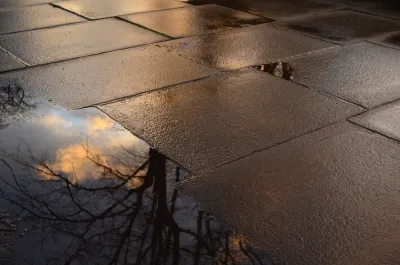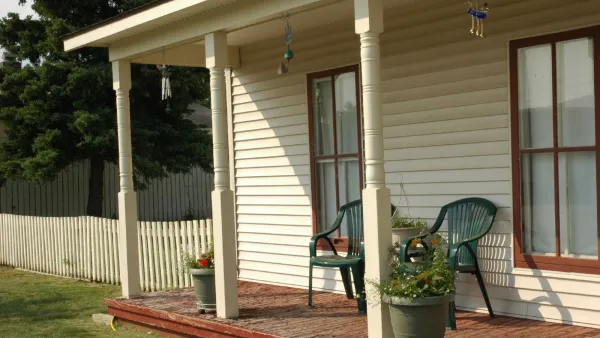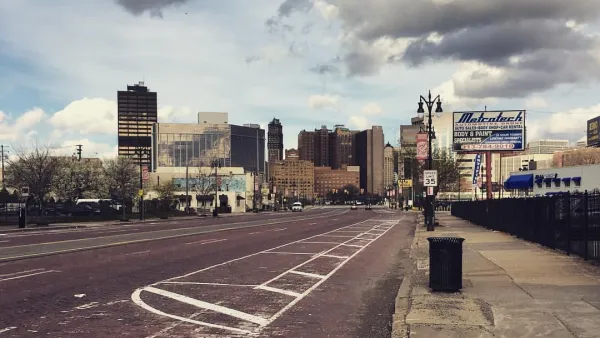The city says the increased fees that many people are seeing reflect a more equitable billing system, but residents argue the charges are unfair.

Detroit water and sewer bills have risen quickly since the city rolled out a new drainage fee structure last year. In the past, residents paid a flat rate, and businesses were supposed to be charged based on the size of their water pipes or the "impervious acreage"—the area on the property covered with materials that prevent the absorption of water. The result, reports Joel Kurth, was that rates varied considerably and owners of large parcels often had lower drainage bills.
Now property owners pay $598 per impervious acre, and many have seen their monthly bills increase dramatically. They say the fees are unfair, particularly in a city with high tax rates and poverty levels. Questions have also arisen about whether the new charges are a fee or a tax. A tax, residents say, would require voter approval under Michigan state law.
"Detroit officials say the rates are fair, lowering fees for 56 percent of all residents and equitably spreading the cost of treating wastewater," says Kurth. But the city has also spent $1 billion in recent years to update its wastewater treatment facilities. The projected $150 million a year the new drain fees will bring in will help the city repay these infrastructure costs.
FULL STORY: Detroit is billing residents for rain. It’s going as well as you’d think.

National Parks Layoffs Will Cause Communities to Lose Billions
Thousands of essential park workers were laid off this week, just before the busy spring break season.

Retro-silient?: America’s First “Eco-burb,” The Woodlands Turns 50
A master-planned community north of Houston offers lessons on green infrastructure and resilient design, but falls short of its founder’s lofty affordability and walkability goals.

Delivering for America Plan Will Downgrade Mail Service in at Least 49.5 Percent of Zip Codes
Republican and Democrat lawmakers criticize the plan for its disproportionate negative impact on rural communities.

Test News Post 1
This is a summary

Test News Headline 46
Test for the image on the front page.

Balancing Bombs and Butterflies: How the National Guard Protects a Rare Species
The National Guard at Fort Indiantown Gap uses GIS technology and land management strategies to balance military training with conservation efforts, ensuring the survival of the rare eastern regal fritillary butterfly.
Urban Design for Planners 1: Software Tools
This six-course series explores essential urban design concepts using open source software and equips planners with the tools they need to participate fully in the urban design process.
Planning for Universal Design
Learn the tools for implementing Universal Design in planning regulations.
EMC Planning Group, Inc.
Planetizen
Planetizen
Mpact (formerly Rail~Volution)
Great Falls Development Authority, Inc.
HUDs Office of Policy Development and Research
NYU Wagner Graduate School of Public Service





























